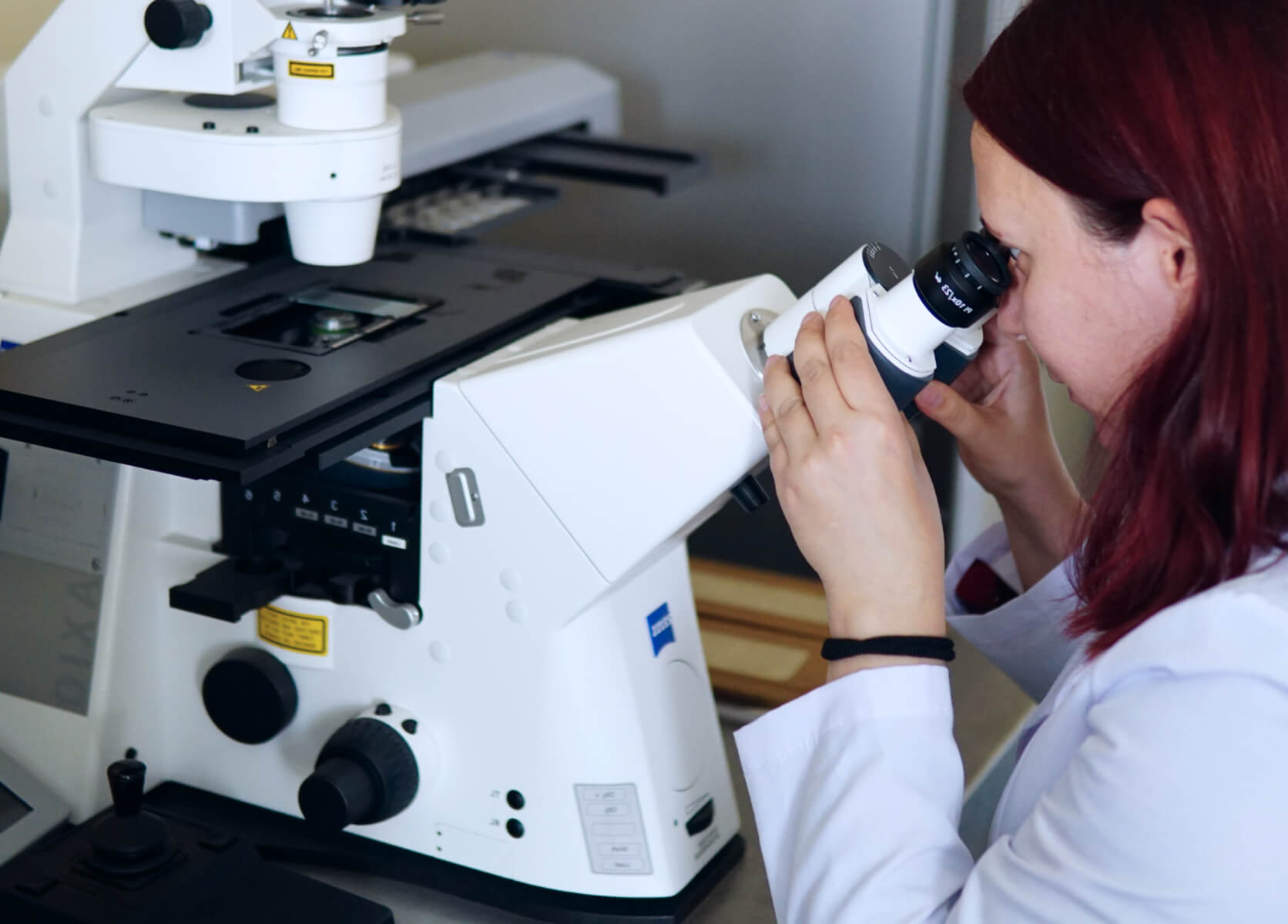The National University Complex for Biomedical and Translational Research (NUCBTR) is a strategic network of infrastructures for fundamental and translational biomedical research and includes partners from two of the largest medical universities in Bulgaria, the Medical University of Sofia and the Medical University of Plovdiv, as well as a number of hospital and research centers. At the core of the University Complex is the unification of the largest biobanks for the storage of biological material and clinical data in the country.
NUCBTR links existing resources, achieving a critical mass of expertise and technological opportunities, creating conditions for developing research in the field of molecular medicine, genetics and epidemiology in Bulgaria in the post-genomic era. The purpose of creating and developing the University Complex is to accelerate the transition between fundamental research and clinical practice in order to improve the prevention, diagnosis and treatment of the most important diseases for society.
Based on the international expert assessment, NUCBTR has been assessed as one of 4 infrastructure complexes, which are nationally significant infrastructures and have the potential to participate in pan-European research infrastructures. MMC and NUCBTR are included in the National roadmap of the scientific infrastructure in Bulgaria from its creation in 2010.

Molecular Medicine Center
The Laboratory of Vegetative Regulation of the Cardiovascular System was equipped with a Sphygmocor applanation tonometer. The apparatus allows the extension of studies to evaluate the condition of the arterial wall and screening for early vascular wall changes in individuals with family history of arterial hypertension and increased cardiovascular risk. In addition, the apnea tonometer allows to analyze the shape of the pulse wave based on a recorded pulse curve from the radial artery and then, with the help of a special transfer function, to take the form of the pulse wave into the aorta, central aortic pressure curve. In recent years, it has been shown that in fact the greatest prognostic significance is precisely the value of this aortic pressure, which sometimes differs significantly from that measured by the sphygmomanometer pressure in the brachial artery. In addition, the device software has a function for calculating the augmentation index, which together with SRF is a marker of arterial rigidity.

